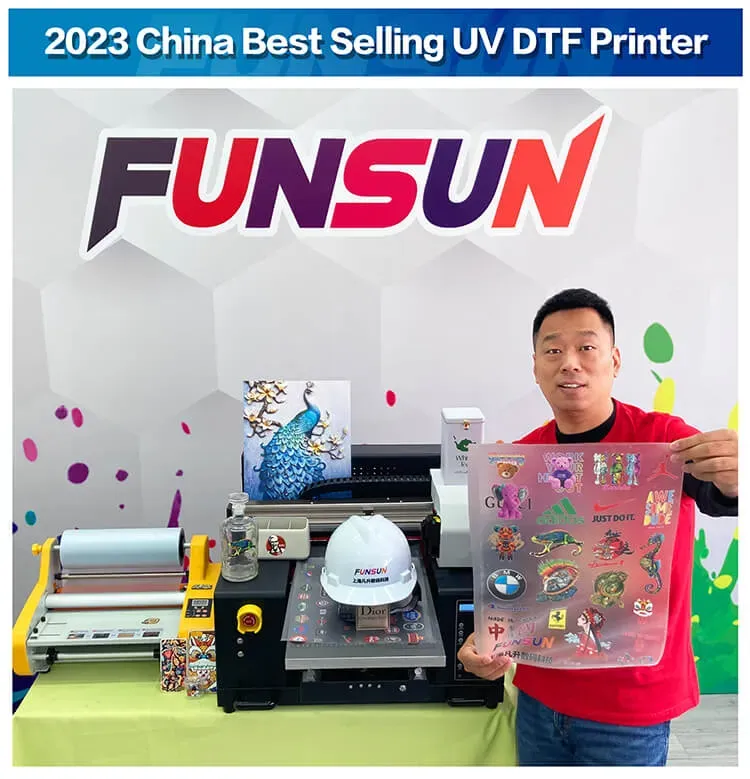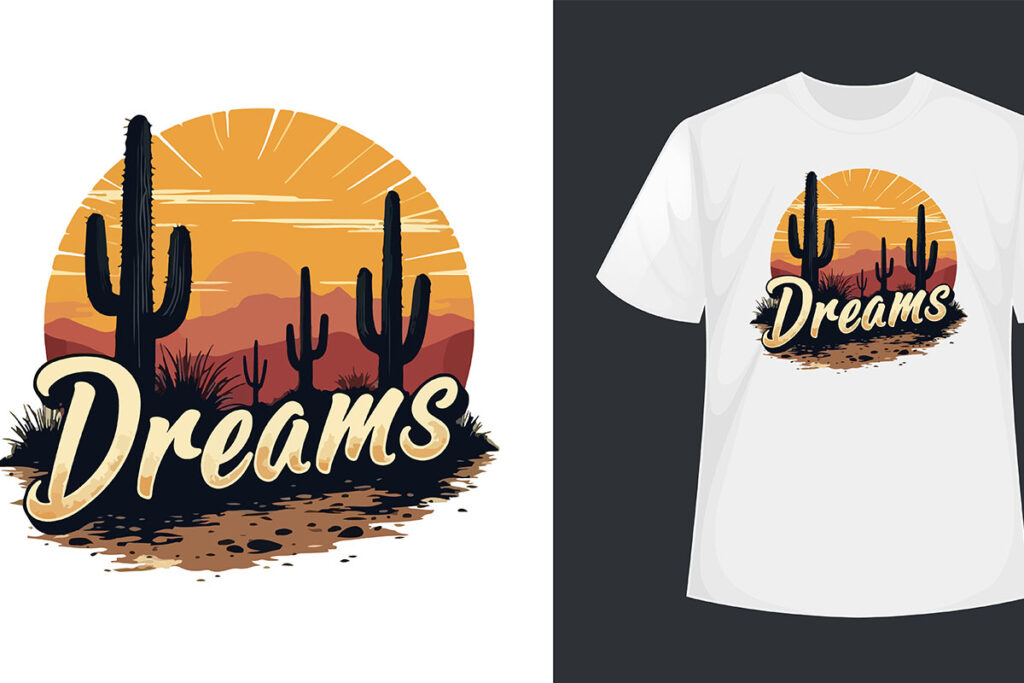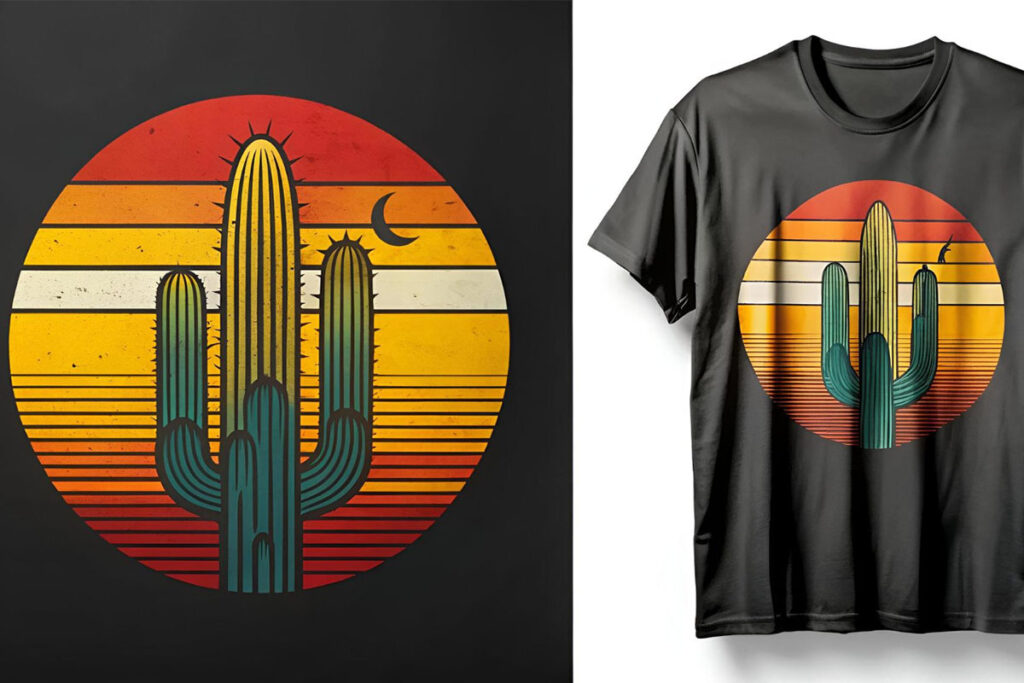When exploring innovative printing techniques, UV DTF printing has emerged as a transformative option for businesses seeking flexibility and quality. Combining the best elements of UV printing and Direct-to-Film technology, this method delivers vibrant images on a variety of surfaces, making it ideal for custom apparel printing and promotional items. The advantages of UV DTF printing, such as speed and environmental friendliness, position it favorably against traditional printing methods like screen printing and direct-to-garment. This article delves into the nuances of UV DTF printing, highlighting its unique benefits and practical applications that cater to diverse industries. Whether you’re a seasoned professional or a newcomer to the printing world, understanding the advantages of UV DTF can help you make informed decisions for your creative projects.
In the realm of modern printing technologies, UV Direct to Film (DTF) printing stands out for its efficiency and adaptability. This innovative approach marries the principles of ultraviolet (UV) ink application with direct-to-film techniques, allowing for exceptional quality across various materials. From textiles to hard surfaces, UV DTF ensures that graphics are not only vivid but also durable, making it a perfect fit for custom merchandise and artistic endeavors. As the printing landscape continues to evolve, a deeper comparison between UV DTF and other traditional methods reveals the compelling advantages this technique offers. Understanding these factors is crucial for anyone considering entry into the custom printing market.
Understanding UV DTF Printing
UV DTF printing, short for UV Direct to Film printing, is an innovative technique that combines the capabilities of ultraviolet (UV) printing with the direct-to-film format. This method utilizes UV-curable inks that are instantly cured upon exposure to ultraviolet light, allowing for immediate handling and finishing. Given its rapid production capabilities, UV DTF printing is gaining popularity among businesses that require a quick turnaround on high-quality prints.
The distinction of UV DTF printing lies in its adaptability; it can print on a wide range of materials beyond conventional fabric options, including plastics and wood. This makes it an ideal choice for various industries, from fashion to promotional items, where unique material requirements are prevalent. Many companies are leveraging UV printing technology to enhance their offerings, thus fulfilling diverse customer demands.
Key Benefits of UV DTF Printing
One of the standout advantages of UV DTF printing is its exceptional durability. Prints created using this process resist fading, scratching, and damage from environmental factors, ensuring long-lasting results that maintain their appearance over time. This durability is crucial, especially for promotional products and custom apparel that see frequent usage. Businesses can offer products with confidence, knowing they will withstand the test of time.
Additionally, the speed and efficiency of UV DTF printing cannot be overlooked. Compared to traditional methods like screen printing and direct-to-garment printing, UV DTF allows for much faster production cycles. This efficiency is especially beneficial during high-demand periods where quick fulfillment is vital. With UV DTF, companies can meet tight deadlines and improve their overall productivity.
Comparing UV DTF with Sublimation Printing
Sublimation printing and UV DTF printing are two popular methods in the custom printing landscape, each with its own set of advantages. While sublimation is particularly effective for vibrant, long-lasting prints on polyester and polymer-coated items, it cannot match the versatility of UV DTF, which allows printing on a broader array of substrates, including non-traditional materials like metal and wood. This flexibility makes UV DTF more inclusive for various project needs.
Moreover, sublimation printing primarily targets fabric applications, meaning users are limited in their choices when it comes to the products they can create. In contrast, UV DTF printing can cater to a wide audience, whether it’s for custom apparel or promotional merchandise, significantly expanding the creative options available to businesses looking to enhance their product offerings.
Advantages of UV DTF Over Direct to Garment (DTG) Printing
While direct-to-garment (DTG) printing is renowned for producing high-quality, detailed images on fabric, it is often limited to lighter materials, primarily cotton. On the other hand, UV DTF printing can seamlessly work on both light and dark substrates, providing more flexibility for various project requirements. This feature opens up possibilities for innovative designs on a multitude of products that DTG cannot accommodate.
Additionally, the curing process in DTG can be significantly slower due to the need for heat pressing and drying time. In contrast, UV DTF printing offers immediate curing through ultraviolet light exposure, allowing businesses to expedite their production cycles. Consequently, UV DTF printing emerges as a more efficient alternative for those seeking to fulfill orders quickly without compromising on quality.
Recent Innovations in UV DTF Technology
The advancements in UV DTF printing technologies are reshaping the landscape of the printing industry. Newer models, such as the eufyMake UV Printer E1, are tailored for smaller businesses and home users, democratizing access to high-quality printing capabilities that were previously limited to large commercial operations. These innovations not only reduce the entry barriers but also foster creativity in individual creators and small business owners.
Furthermore, new formulations of UV inks are being developed that cater to low-viscosity print heads, improving the printing quality and expanding the range of materials that can be used. This progress enhances the overall appeal of UV DTF printing, making it a competitive option as advancements continue to improve usability and output.
Navigating the Challenges of UV DTF Printing
Despite its numerous advantages, UV DTF printing does present some challenges that potential users must navigate. The initial investment for UV DTF equipment and supplies can be significant, which may pose a barrier for small businesses operating with limited budgets. Careful financial planning and consideration of long-term benefits versus initial costs are essential for those contemplating the shift to UV DTF printing.
Additionally, the technical expertise required for optimal operation can be daunting for inexperienced operators. Understanding how to calibrate printers effectively and select compatible films is crucial for achieving high-quality outputs. This technical complexity may necessitate training or skilled personnel, adding another layer of consideration for businesses looking to adopt this technology.
Frequently Asked Questions
What is UV DTF printing and how does it differ from traditional printing methods?
UV DTF printing combines UV printing technology with Direct-to-Film (DTF) methods, allowing for high-quality prints on a wide range of surfaces. Unlike traditional printing methods such as screen printing or direct-to-garment (DTG), UV DTF offers superior versatility as it works on textiles, plastics, metals, and wood, effectively catering to various applications.
What are the advantages of UV DTF printing compared to other printing methods?
The primary advantages of UV DTF printing include its ability to produce vibrant and durable prints swiftly, its compatibility with multiple substrates, and its eco-friendly ink formulations that minimize VOC emissions. These benefits make UV DTF a preferred choice for businesses needing efficient custom printing on diverse materials.
Why is UV DTF printing considered more environmentally friendly than other methods?
UV DTF printing uses UV-curable inks, which contain fewer volatile organic compounds (VOCs) compared to solvent-based inks used in many traditional methods. This characteristic not only reduces environmental impact but also appeals to businesses and consumers who prioritize sustainability in their purchasing decisions.
How does UV DTF printing perform in terms of durability compared to DTF and DTG printing?
UV DTF printing excels in print durability, as the UV inks create long-lasting designs that resist fading, scratching, and peeling. In comparison, DTF and DTG printing may require specific care to maintain print quality over time, making UV DTF a superior choice for high-usage items like apparel and promotional products.
What types of projects are best suited for UV DTF printing?
UV DTF printing is ideal for custom apparel, promotional products like mugs and keychains, and artistic craft projects. Its versatility allows for unique applications, enabling users to create striking designs on a variety of surfaces, meeting industrial and personal creative needs effectively.
How does the cost of UV DTF printing compare with other printing methods?
While UV DTF printing may involve higher initial equipment costs and the need for specialized inks and films, it offers significant long-term savings through increased production efficiency and minimal setup requirements. In contrast, traditional methods like DTG and screen printing can incur higher operating costs due to longer preparation and curing times.
| Key Points | Description |
|---|---|
| What is UV DTF Printing? | A cutting-edge printing method combining UV and DTF technology, suitable for various surfaces including textiles, plastics, and wood. |
| Advantages | High durability, versatile surface compatibility, rapid production speed, and environmentally friendly inks. |
| Disadvantages | Higher initial costs, technical complexity, and limited color range compared to other methods. |
| Applications | Custom apparel, promotional products, art and craft projects, among others. |
| Comparisons | More versatile than sublimation; offers broader material options than DTG printing. |
Summary
UV DTF printing is an innovative printing technology that stands out for its versatility and high-quality results across different surfaces. It offers remarkable advantages such as environmental friendliness, speed, and durability, making it a preferred choice in various industries, from fashion to promotional items. While initial costs and technical complexities may pose challenges for some users, the benefits of UV DTF printing are substantial. As the technology continues to evolve, it is likely to become an even more integral part of the printing landscape, attracting businesses and creatives alike who seek reliable, vibrant, and sustainable printing solutions.



